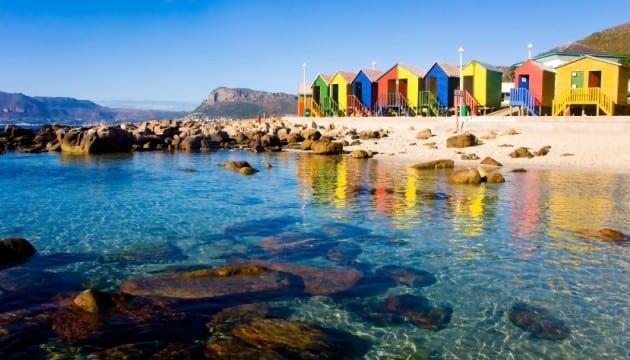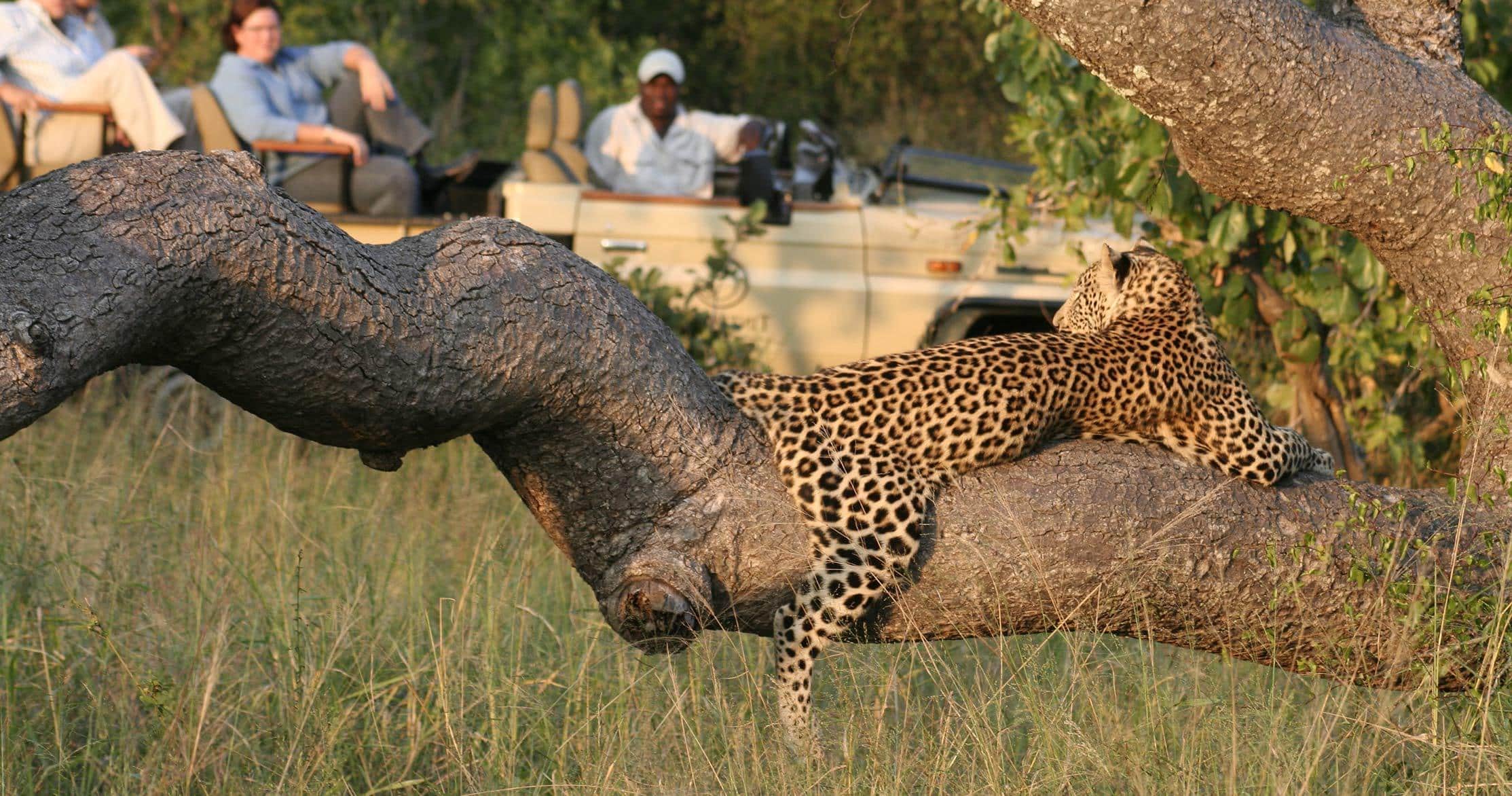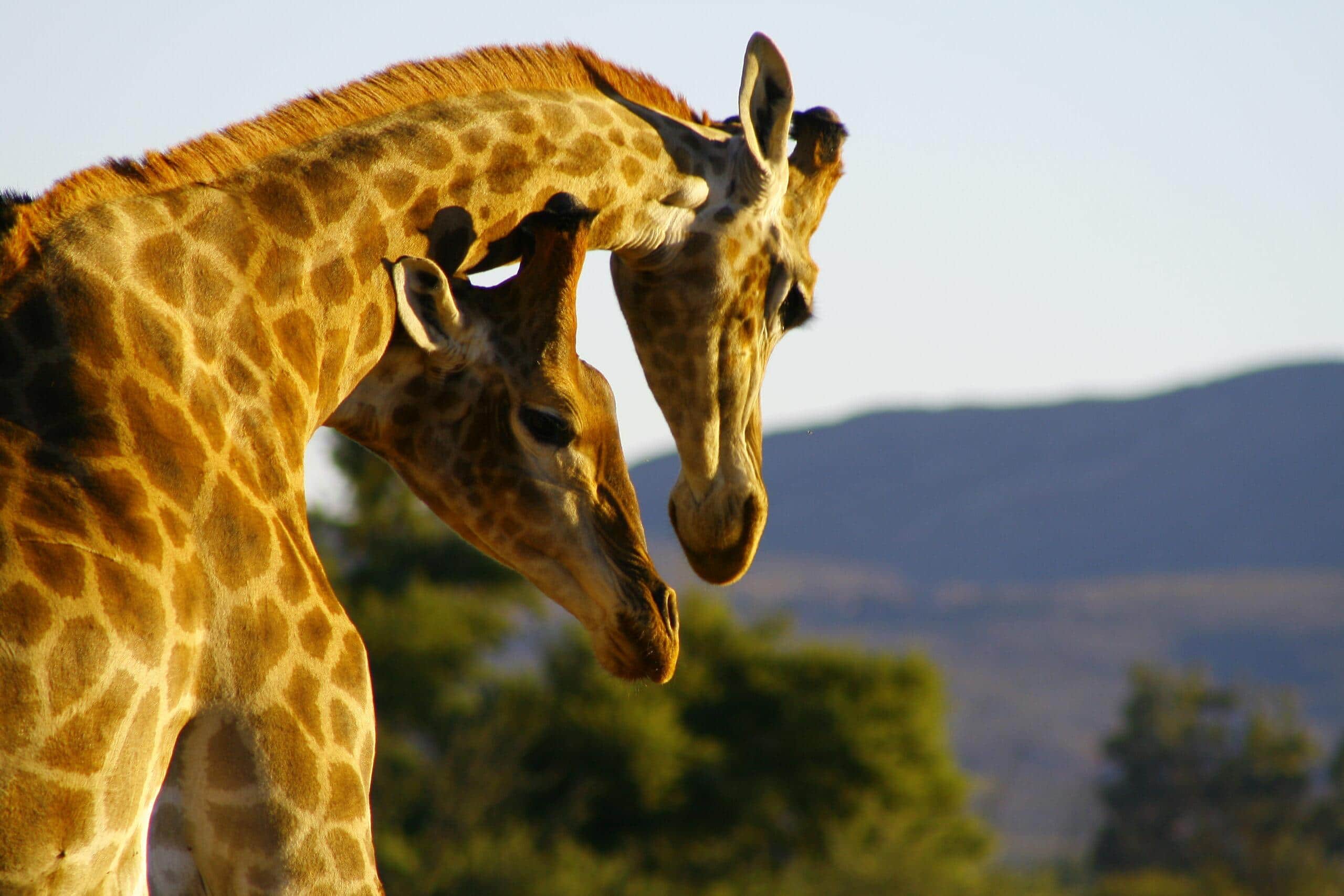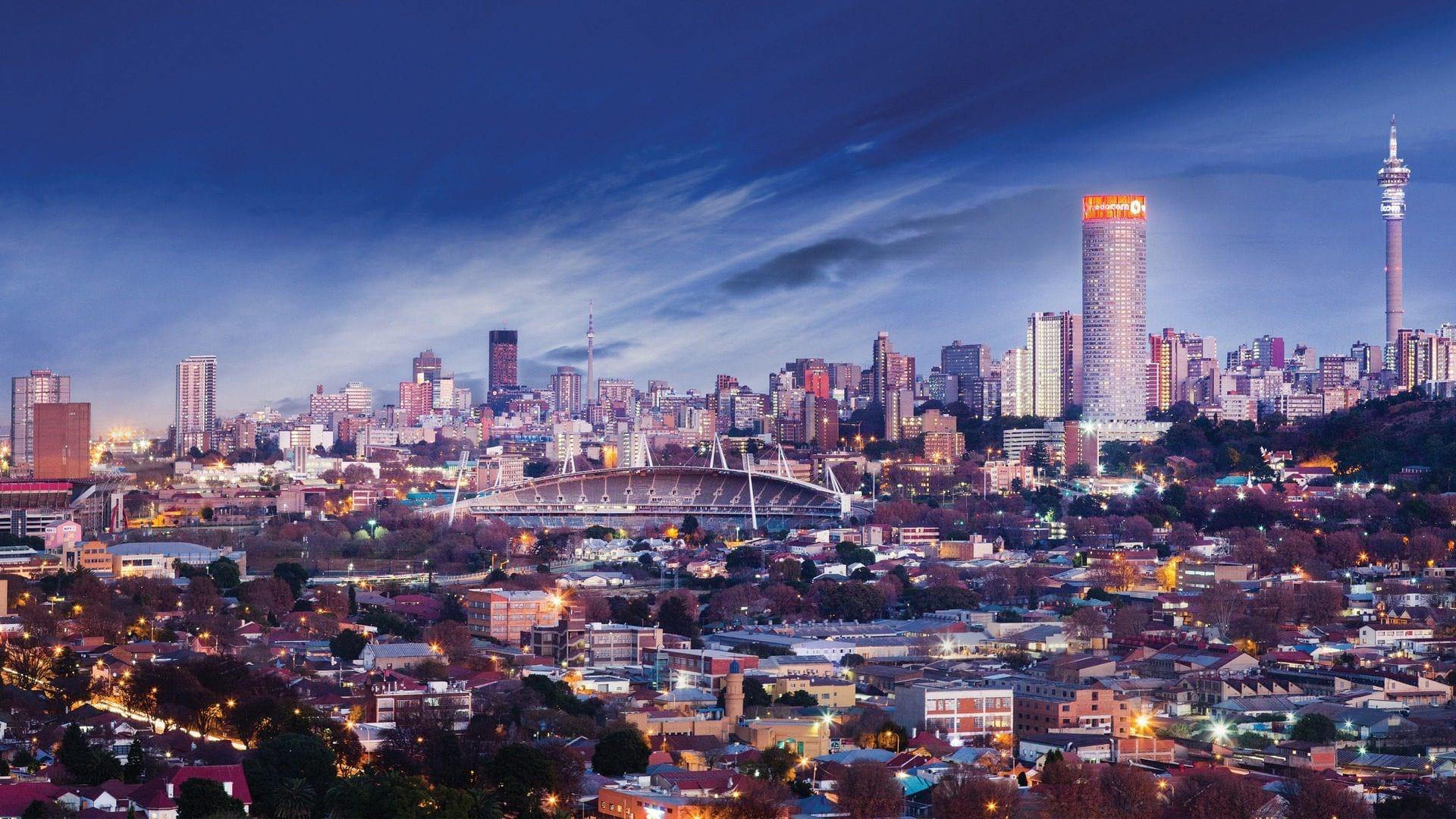Lion Park and Pretoria Tour
- < 4 Hours
From
Elephant Sanctuary Tour
- < 4 Hours
From
Pretoria City and Diamond Mine Tour
- < 4 Hours
From
Pretoria Tour
- < 4 Hours
From
Take a trip to Pretoria: Brief history
In 1855, Pretoria was founded by Marthinus Pretorius, a Voortrekker leader. His intention was to name it after his father, Andries, who was instrumental in the Voortrekker victory over the Zulus in the monumental Battle of Blood River. It took some time to settle on a name for the new town though, options like “Pretoriusdorp”, “Pretorium”, “Pretoriusstad” and “Pretoria-Philadelphia” were all considered, but Marthinus finally settled on Pretoria. Today the area has been renamed the City of Tshwane, but the CBD still keeps the name of Pretoria. Pretoria continues as the administrative capital of South Africa.
Significant Landmarks
Church Square has always been the hub of Pretoria, although it was initially called Market Square. This was where the first church, a mud-walled building, was built. It burnt down in 1882 and was replaced by a much grander structure. Open markets were regularly held in the Square and Albert Broderick, an Englishman christened Albertus Broodryk, by his Afrikaans friends and customers established himself as shopkeeper. He also ran the community’s first bar, the ‘Hole-in-the-Wall’.
When Mr. Sammy Marks, a well-known Jewish industrialist and close friend of President Paul Kruger, was allowed to build the town’s first synagogue he expressed his pleasure by commissioning the sculptor Anton van Wouw to produce a statue of the president. A plinth was erected in Church Square to receive the bronze figure that had been cast in Rome. Unfortunately the South African War broke out and the statue was held up in the then Lorenzo Marques. This resulted in the statue only being erected in 1854, after several changes of site. Church Square was redesigned as a tramway in 1910, much to the disappointment of many of Pretoria’s residents who had tried to convince the civic authorities to create a gracious area of fountains, gardens and Continental-style paving in order to showcase Pretoria as a city.
During the rule of the old dispensation Pretoria was the Administrative capital of South Africa. The modern city has many features that retain a position of importance in, especially, the white history of the country. These include the Union Buildings, designed by Sir Herbert Baker, which still houses government establishments; the old Raadsaal (council chamber) of the Zuid-Afrikaansche Republiek on Church Square and the house where President Paul Kruger lived until his exile in 1900. Outside the city towers the Voortrekker Monument and the two massive forts, Klapperkop and Schanskop, built by the Boers to protect their capital against the British. Here you can also find the large and imposing buildings of the University of South Africa (UNISA).
Travel to Pretoria with MoAfrika Tours
With all this great history there is so much to see. Take one of our many day trips to Pretoria and view this rich history for yourself. We offer great packages for you and your whole family. View the available tours below:
Reference: http://www.visitpretoria.co.za/General/history-of-pretoria http://www.pretoria.co.za/city-info/history










